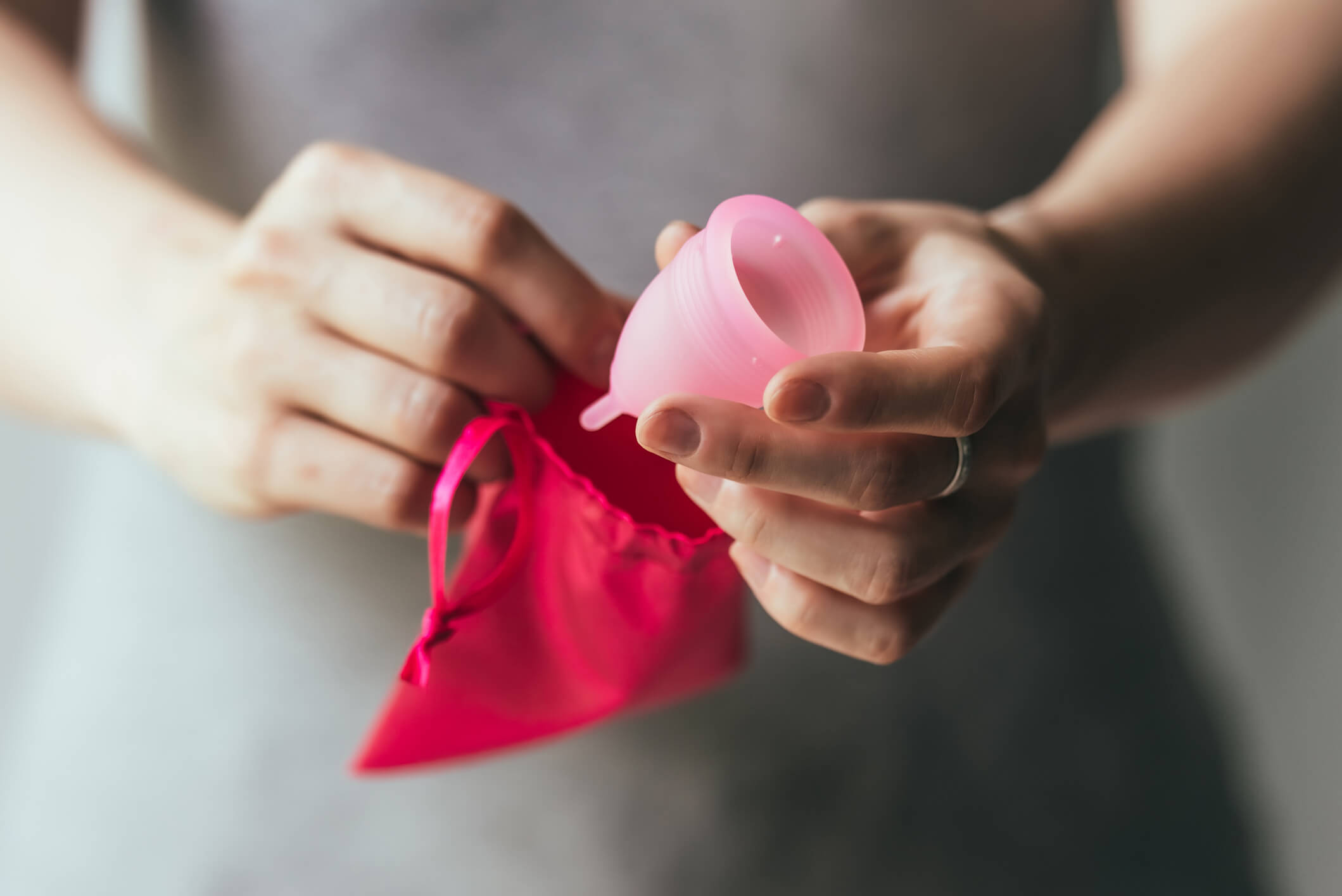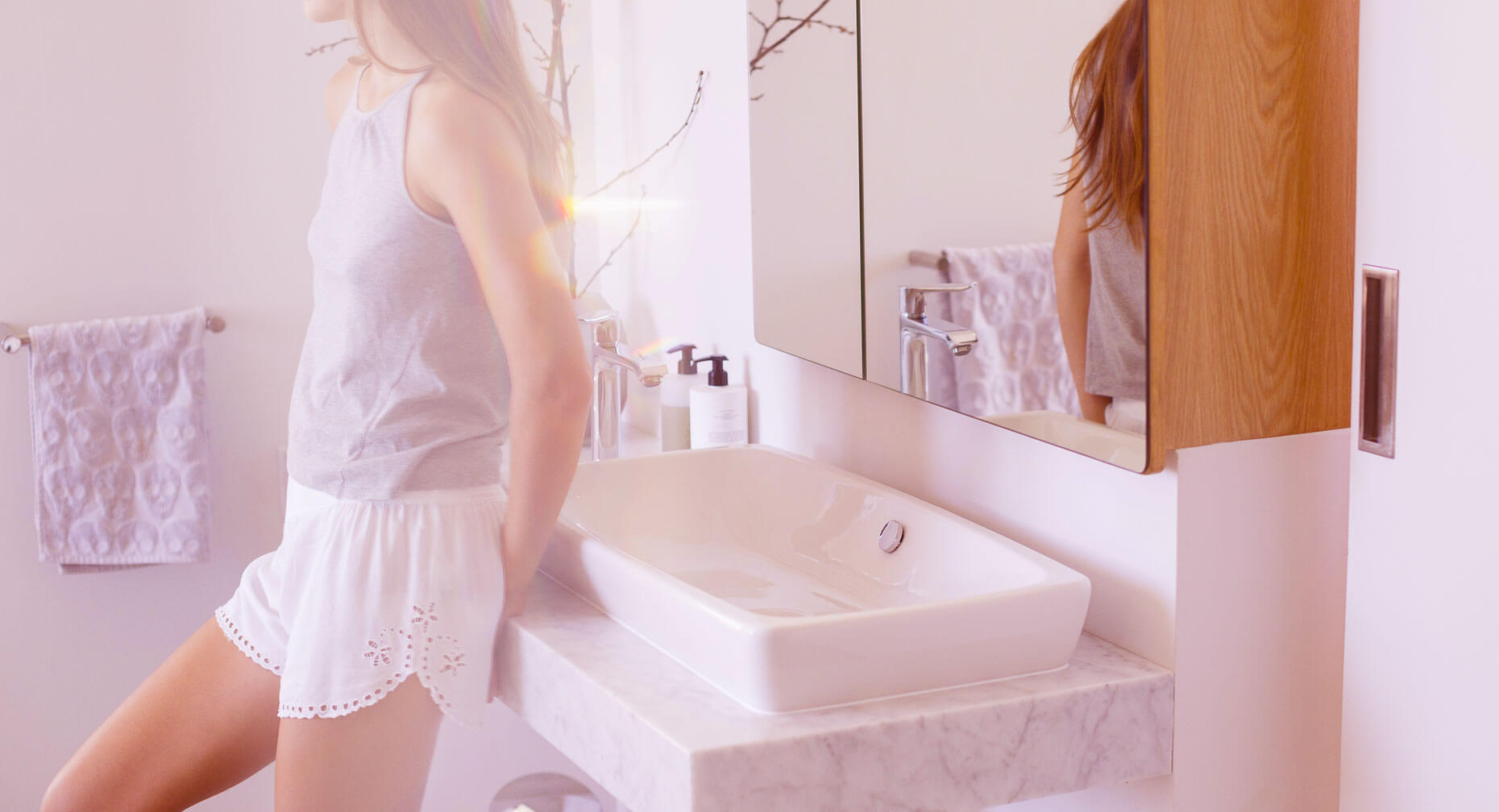Until recently most women knew of only two ways to deal with their menstrual period – sanitary towels or tampons. While these work well enough for most, some are now turning to the little known menstrual cup to capture their menstrual flow. It sounds rather archaic – who wants to use a menstrual cup when they are on their period when they can just as easily use a pad or a tampon and get by just fine?
Menstrual cups have been around for a while – they were first patented in the US as early as 1860 but they never made it to market. Many of them involved complex wearing and emptying procedures that few women would have bothered with.
More than 50 years later the first menstrual cup went to market and garnered quite a few fans but it was not to last. It was made of latex and was easier to wear and empty than earlier designs, but shortages in rubber during and after the Second World War quickly saw it relegated to the back of the closet –tampons and sanitary towels were more readily available.
Today the menstrual cup is making a comeback and women are choosing it because it comes with several advantages. The most obvious is cost – unlike sanitary pads and tampons which have to be disposed after use, menstrual cups are for keeps.
They are also friendlier for the environment and according to many who use them they are more comfortable than pads or tampons. If you have decided to try menstrual cups for the first time you want to know as much about them as possible.
This article will tell you 5 things you need to know about menstrual cups before you give them a try.
1) They take some getting used to
Remember that first time you wore a pad or a tampon? You may not have got it right, and you may have had a hard time putting it out of your mind. After a few months you were a natural. The same goes for menstrual cups. If you are lucky you may get the placement and removal right the first time, but for most women it takes a couple of tries before they can get it placed just right. If you feel a little discomfort at first don’t worry – it only means that you haven’t put it on right. Remove and try again.
2) Your cup will never overflow
This is one of the biggest concerns that women who are thinking of trying the menstrual cup have. They are worried that the cup will fill and overflow and create a big mess – very inconveniencing not to say potentially embarrassing. Your cup will never fill and overflow because you don’t bleed that much. Even after hours of use only a fraction of it will have blood. Just remove, empty, clean and re-insert. First timers may want to wear a panty liner to avoid accidents that may result from an improperly placed cup.
Even better is Period Panteez. This is underwear that is made out of special leak-proof but breathable fabric that will help you avoid embarrassing leaks during your periods. It comes in many different colours and can be worn during the day and while you sleep.
3) You can use water or a lubricant to make insertion easier
Many first time users will tell you that they had a hard time getting the menstrual cup to go in at all. Don’t worry – this is completely normal and is a reaction to the anxiety of wearing a cup for the first time. If you want to make it easier to insert you can wet your menstrual cup under running water, or use lubricant.
4) Your menstrual cup is not supposed to be anywhere outside your vagina
Many first time users do not insert their menstrual cups all the way and the stem may end up outside the labia. This can lead to discomfort and irritation which may put you off menstrual cups for good. Insert your menstrual cup the same way you would a tampon – all the way until you cannot feel it any more. When it gets heavy with blood it will descend and it will be easy to remove.
5) Make sure that you are not allergic to latex
Do not assume that the menstrual cup will be right for you – some women are allergic to latex and can have serious adverse reactions. If you are not sure where you stand with latex you can rub the menstrual cup on the inner part of your arm and wait a few hours to see if your skin gets irritated. If you notice a rash or bumps latex menstrual cups are not a good idea for you.
Now that you know more about menstrual cups you can go ahead and try one.








